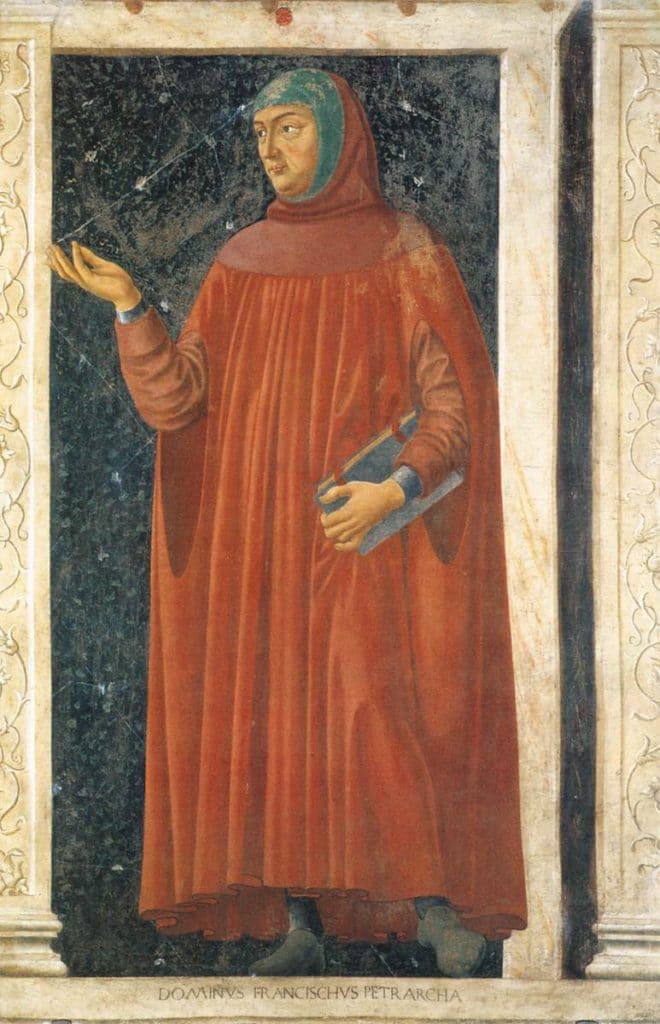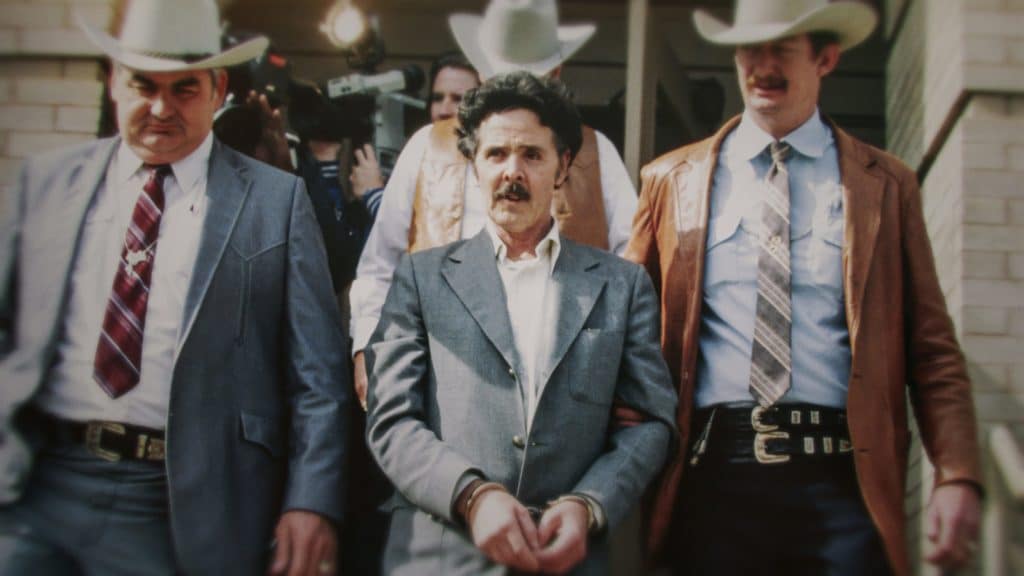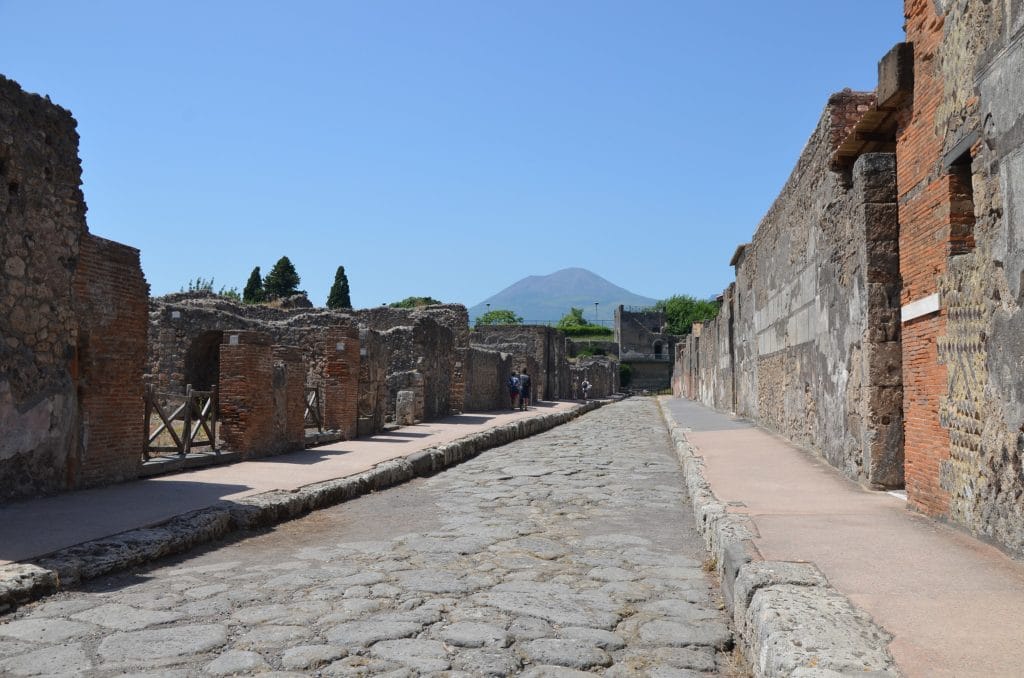Last updated on July 22nd, 2022 at 04:49 pm
Often when one reads world histories, they are confronted with a strange contradiction regarding the medieval period of European history.
Readers at once believe that the Middle Ages were a long homogenous period stretching from about 500 to about 1500. During this time, European society was uniformly backward and static.
But, dig down into more detailed studies of the Middle Ages, and the intrepid reader will quickly discover that medieval history is not as consistent as often suggested.
Instead, there were distinct sub-periods within it, the Early Middle Ages running from about 500 to 1000.
Next, the High Middle Ages was from 1000 and 1300, and then the Late Middle Ages as Europe gradually transitioned to the Renaissance between 1300 and 1500.
The Early Middle Ages is perhaps the most debated of all of these. Many see it as a transition point, but others refer to it as the Dark Ages.
Here we explore what the period between the late fifth and early eleventh centuries ever did for some historians to describe it as the Dark Ages derisively?

The Volkerwanderung/Barbarian Invasions
Historians who categorize the Early Middle Ages as the Dark Ages typically do so because this was a long period of political, social, economic, and cultural regression.
One process that began to intensify in the third century AD primarily caused this regression.
This event involved the mass migration of millions of Germanic and Asiatic tribespeople such as the Ostrogoths, Visigoths, Franks, Angles, Saxons, Vandals, Huns, Burgundians, and many others from the Asian Steppe and parts of Europe such as Scandinavia and Poland westwards towards the lands of the Roman Empire.
Roman historians refer to this mass migration as the Barbarian Invasions. From the German perspective, it’s known as Volkerwanderung, meaning ‘the wandering of the people.’
It resulted in the destabilization of the Roman Empire from the third century AD onwards as Germanic people penetrated its borders in huge numbers and came to live in places like Roman Gaul, Germania, and even the Italian Peninsula itself.
This event was one of the first significant steps in the later inception of the Dark Ages.
The Fall of Rome and Creation of the Germanic Kingdoms
Eventually, the migration of these Germanic and Asiatic people into the Western Roman Empire became so intense in the fifth century that they were effectively in charge.
Rome was sacked for the first time in 800 years in 410 when a Visigothic army plundered it.
In tandem, some of the Germanic tribes began settling down in the provinces of the west of the empire and effectively creating their own kingdoms.
The Romans abandoned Roman Britain in 410, the same year Rome was sacked. I Germanic tribes such as the Angles and Saxons soon divided it up.
The Vandals penetrated Spain and then crossed to North Africa, where they established their kingdom in the region around modern-day Tunisia.
The Visigoths primarily occupied Spain in the late fifth century. Gaul, the region corresponding with modern-day France, was carved up between the Franks, the Burgundians, and others.
At the same time, the Ostrogoths finally seized Italy when their warlord, Odoacer, deposed the last Western Roman Emperor, Romulus Augustulus, in 476.
This event brought the Western Roman Empire to an end and marked the transition to the Germanic kingdoms and the inception of the Dark Ages or Early Middle Ages.
The Collapse of Roman Civilization
This change in Western and Central Europe’s political landscape would not have been enough to warrant the appellation Dark Ages for this period.
The collapse of Roman rule also led to a civilizational collapse, which created a supposed Dark Age from a cultural perspective.
Wandering mobs of the new religious zealots known as the Christians destroyed Roman temples.
They destroyed ‘Pagan’ works by Roman authors who had believed in the old Roman and Greek gods.
Mobs burnt libraries such as the famed knowledge repository at Alexandria in Egypt to the ground.
And great Roman and Greek monuments were defaced all over the empire.
On top of this, the breakdown of the efficient systems of government that Rome had overseen for a millennium led to a massive social collapse.
Nobody maintained the roads. People abandoned the systems of social welfare that the Romans had created. The aqueducts which delivered drinking water and water for sanitation into the cities fell into disrepair, and the economy of Europe and North Africa contracted enormously.
Essentially this was one of the worst civilization collapses ever, with all the harmful effects that bring, from reductions in life expectancies to drastic declines in quality of life.
This fact is why the centuries that followed are called the Dark Ages.
Further Invasions – The Arabs and the Vikings
And it didn’t end there. Further mass migrations and extended periods of the war characterized the Early Middle Ages for centuries to come.
The two foremost were the Arab conquests of the seventh and early eighth centuries and the Viking invasions, which lasted for over 200 years.
In the former, the followers of Mohammed burst forth from the Arabian Peninsula in the mid-seventh century and, in the 100 years that followed, conquered the entirety of the Middle East and even as far westwards as Spain and southern France.
Death and destruction followed as they did in the case of the Viking invasions.
These began with raids on Britain and Ireland in the last years of the eighth century, but in the ninth century led to the Norse people terrorizing communities from Britain, Ireland, France, and Spain in the west to the peoples of Eastern Europe and as far south as the Caspian Sea and Constantinople in the east.
The Archival Dark Age
Beyond this seemingly ongoing cycle of political destabilization, economic and social decline, and perpetual warfare, people characterize the Dark Ages as being ‘Dark’ because of how unilluminated they are from an archival perspective.
The destruction of the Roman Empire saw masses of documentary material across the civilized world destroyed.
Additionally, nobody needed the army of scribes who had run the empire. Authors stopped writing histories. Administrative records stopped being made by the government, and nobody made the inscriptions and other documentary material.

Thus, the historian of the Early Middle Ages has a striking lack of sources. This fact makes it hard to reconstruct the history of the period between the collapse of Rome in the fifth century and the eventual rejuvenation of European society in the eleventh century.
There are some exceptions, notably the abundant source material for France during the Carolingian Renaissance of the late eighth and early ninth centuries and the histories of England by Bede the Venerable and other monastic scholars.
Still, for the most part, the period from 500 to 1000 is one of darkness in terms of what the archives can tell us about this period of half a millennium.
Thus, the Early Middle Ages are called the Dark Ages because of the collapse of Rome, the severe civilizational regression that followed, and the literal darkness of the archive for this extensive period.

